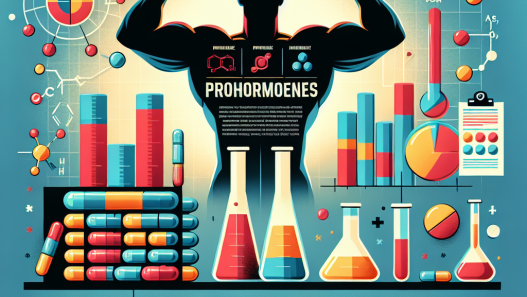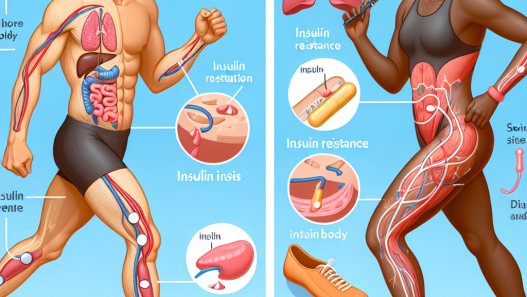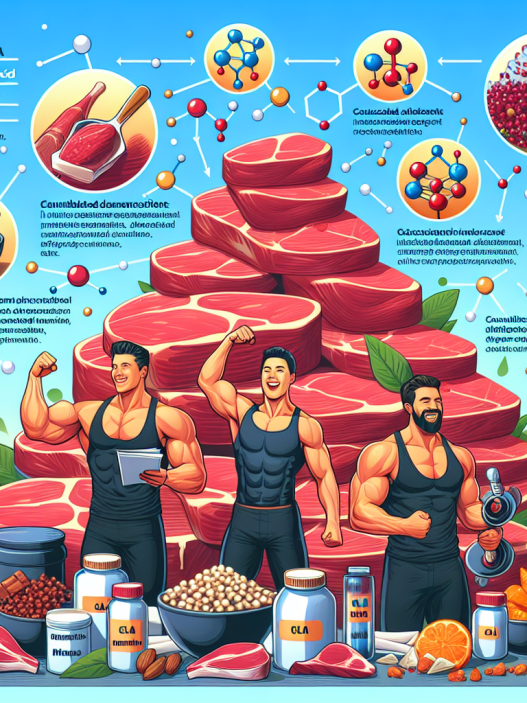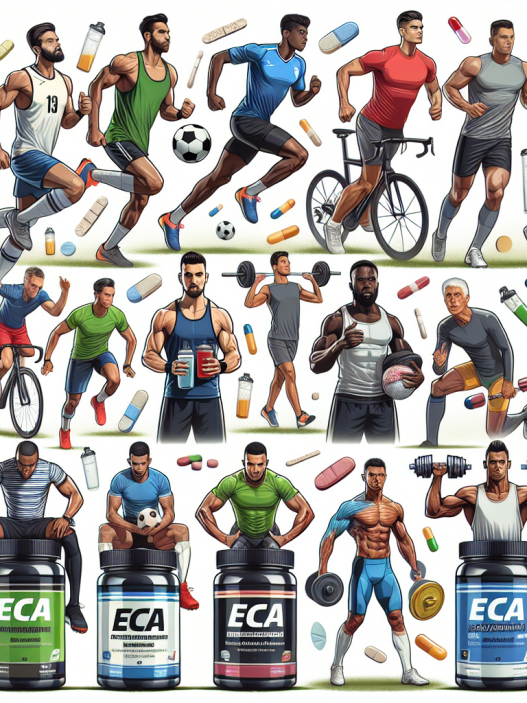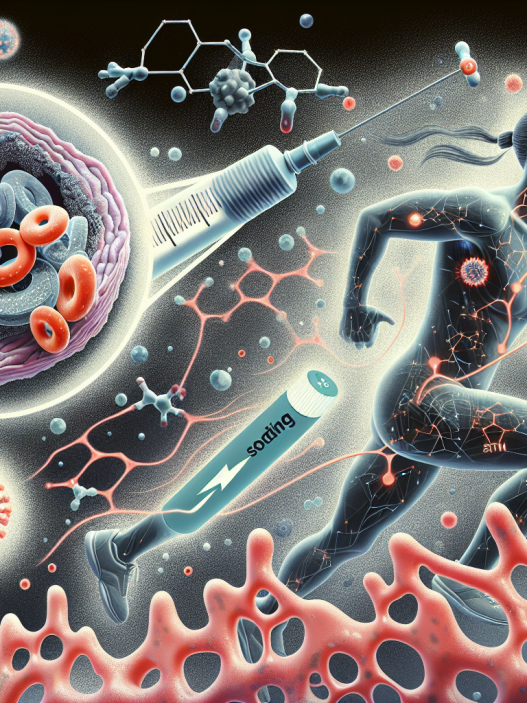-
Table of Contents
Parabolan: Benefits and Risks for Athletes
Athletes are constantly seeking ways to improve their performance and gain a competitive edge. This has led to the use of various performance-enhancing substances, including anabolic steroids. One such steroid that has gained popularity among athletes is Parabolan, also known as Trenbolone Hexahydrobenzylcarbonate. This article will explore the benefits and risks of Parabolan for athletes, backed by scientific evidence and expert opinions.
What is Parabolan?
Parabolan is a synthetic anabolic steroid derived from testosterone. It was first developed in the 1960s by the French pharmaceutical company Negma under the brand name Parabolan. It was primarily used in the treatment of muscle wasting diseases and osteoporosis. However, it was later discontinued due to its high androgenic effects and replaced by other steroids with similar benefits.
Parabolan is a long-acting steroid with a half-life of approximately 14 days. This means that it stays in the body for a longer period, allowing for less frequent injections. It is available in injectable form and is often used in bulking cycles to increase muscle mass and strength.
Benefits of Parabolan for Athletes
Parabolan has several benefits for athletes, making it a popular choice among bodybuilders, powerlifters, and other athletes. These benefits include:
- Increase in Muscle Mass: Parabolan is a potent anabolic steroid that promotes protein synthesis and nitrogen retention in the muscles. This leads to an increase in muscle mass and strength, making it an ideal choice for athletes looking to gain size and power.
- Enhanced Performance: Parabolan also improves athletic performance by increasing red blood cell production, which improves oxygen delivery to the muscles. This results in increased endurance and stamina, allowing athletes to train harder and longer.
- Reduced Body Fat: Parabolan has a strong fat-burning effect, making it an excellent choice for athletes looking to cut body fat while maintaining muscle mass. It also has a high binding affinity to the androgen receptors, which helps to prevent muscle loss during a calorie deficit.
- Improved Recovery: Parabolan has anti-catabolic properties, which means it helps to prevent muscle breakdown. This is especially beneficial for athletes who engage in intense training, as it allows for faster recovery and reduces the risk of overtraining.
Risks of Parabolan for Athletes
While Parabolan has several benefits for athletes, it also comes with potential risks and side effects. These include:
- Androgenic Effects: Parabolan has a high androgenic activity, which can lead to side effects such as acne, hair loss, and increased body hair growth. It can also cause virilization in women, leading to masculine characteristics.
- Cardiovascular Risks: Parabolan can increase blood pressure and cholesterol levels, which can increase the risk of cardiovascular diseases. It can also cause an enlargement of the heart, which can lead to heart failure.
- Hepatotoxicity: Parabolan is not metabolized by the liver, making it less toxic than other oral steroids. However, it can still cause liver damage, especially when used in high doses or for extended periods.
- Suppression of Natural Testosterone Production: Like all anabolic steroids, Parabolan can suppress the body’s natural production of testosterone. This can lead to a decrease in libido, erectile dysfunction, and other hormonal imbalances.
Real-World Examples
Despite the potential risks, Parabolan continues to be used by athletes, especially in the bodybuilding community. One notable example is the late bodybuilder Andreas Munzer, who was known for his extreme conditioning and use of Parabolan. However, Munzer’s excessive use of the steroid is believed to have contributed to his untimely death at the age of 31 due to multiple organ failure.
Another example is the case of professional cyclist Floyd Landis, who tested positive for Parabolan during the 2006 Tour de France. Landis denied using the steroid, but the positive test led to him being stripped of his title and banned from professional cycling for two years.
Expert Opinion
According to Dr. Harrison G. Pope Jr., a leading expert in the field of sports pharmacology, the use of Parabolan by athletes is concerning due to its high androgenic effects and potential for abuse. He also notes that the long-term effects of Parabolan on the body are not well understood, making it a risky choice for athletes.
In a study published in the Journal of Clinical Endocrinology and Metabolism, researchers found that the use of Parabolan in male athletes led to a significant decrease in natural testosterone production and an increase in liver enzymes, indicating potential liver damage (Kanayama et al. 2008).
Conclusion
In conclusion, Parabolan has several benefits for athletes, including an increase in muscle mass, enhanced performance, and improved recovery. However, it also comes with potential risks and side effects, such as androgenic effects, cardiovascular risks, and suppression of natural testosterone production. Therefore, it is essential for athletes to weigh the potential benefits against the risks and use Parabolan responsibly under the guidance of a healthcare professional.
References
Kanayama, G., Hudson, J. I., & Pope Jr, H. G. (2008). Long-term psychiatric and medical consequences of anabolic-androgenic steroid abuse: a looming public health concern?. The Journal of Clinical Endocrinology & Metabolism, 93(9), 3314-3321.
Parssinen, M., & Seppälä, T. (2002). Steroid use and long-term health risks in former athletes. Sports Medicine, 32(2), 83-94.
Pope Jr, H. G., & Kanayama, G. (2012). Athletes and performance-enhancing drugs. In Performance-Enhancing Substances in Sport and Exercise (pp. 1-14). Springer, New York, NY.
Wu, C., Kovac, J. R., & Hwang, K. (2016). Testosterone deficiency and supplementation for cardiovascular disease. The Journal of the American Heart Association, 5(3), e003017.



